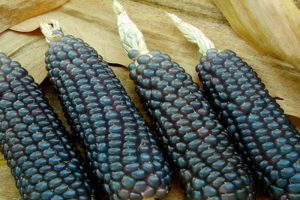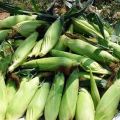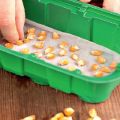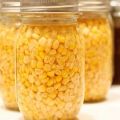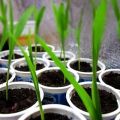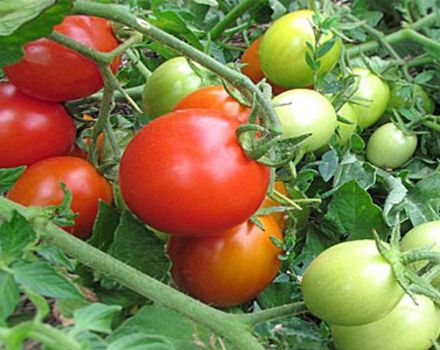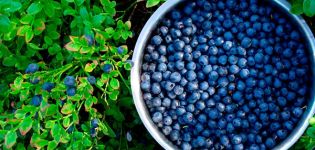Main and pre-sowing tillage after corn
Soil cultivation for corn is an important part of agricultural activities. Without a properly prepared field, you cannot get a good harvest. It is with this operation that activities for working with the earth begin and end.
It is difficult to imagine a dacha farm without a corn bed. Children eagerly enjoy sweet cobs. Chickens, ducks and rabbits are grateful to the owners for the delicious protein menu. Some gardeners grow ornamental corn. Its ears are filled with grains of different colors.
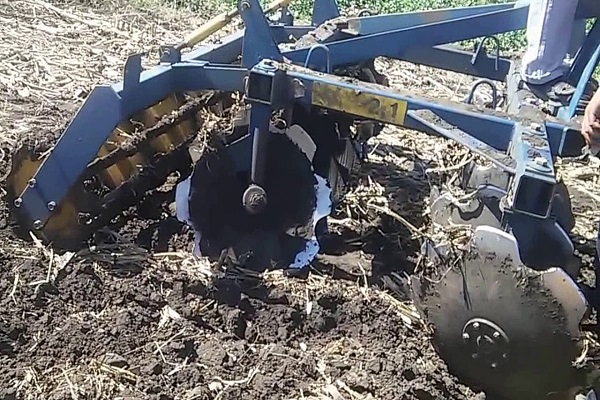
After harvest, the stems are used. They cover young plantings of strawberries. The dried and milled stalk is added to the poultry mash in winter. Dry parts of plants serve as kindling.
The benefits of a plant in a summer cottage are enormous. The main task of the gardener is to prepare the garden for sowing. The desired harvest depends on the success of this event by 12%.
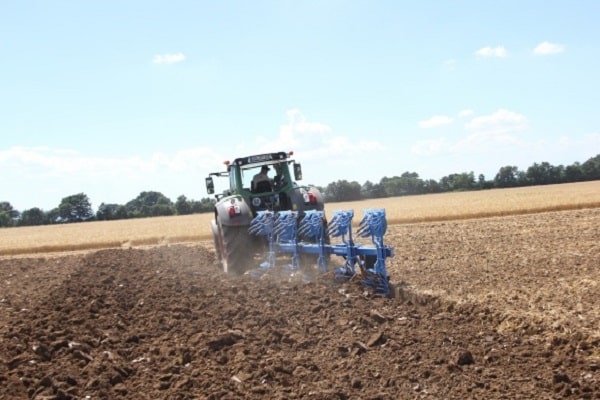
Why pay so much attention to soil?
Corn requires a loose, breathable and moisture-permeable soil. The roots of the plant must penetrate deeply and effortlessly extract nutrients and water.
Weeds deplete the soil. Their roots impede the flow of air, prevent the growth of the underground part of cultivated plants. The main task of tillage is to get rid of competing plants.
In the garden, it is not always realistic to provide suitable crop rotation for corn... There is not enough space, but I want to plant a lot of things. Often, areas after potatoes, beans, zucchini, eggplants are given to other crops.
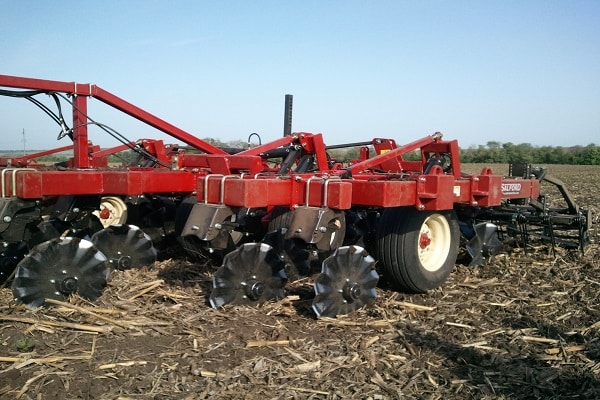
Competent tillage allows you to plant maize over maize. This method involves the use of fertilizers and herbicides. Cultivation of the land according to the rules of agricultural technology must ensure the simultaneous preservation of moisture in the soil.
The zealous gardener knows: the land after planting this crop remains clean, without weeds. With timely mowing of the free area, the land is not clogged with seeds of harmful grasses. This saves time during spring tillage.

Soil processing for planting
They begin to process the soil for planting in late summer or early autumn. The order of events depends on:
- The predecessors of corn. After harvesting carrots, potato ridges remain loose.
- Soil type. On light soils, a set of measures is carried out in October. Heavy loams are processed in August.
- Weed contamination of the soil. Some green manure (oats, rye), when untimely digging, act as aggressors. Requires herbicides and double dehulling.
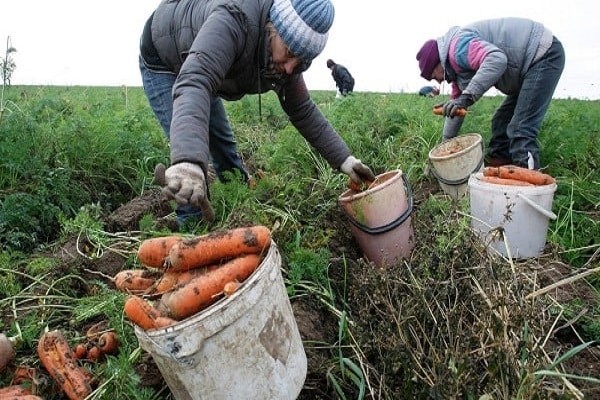
The peeling operation can be carried out using the Fokin plane cutter. Penetration depth - up to 10 cm.It is recommended to repeat after the growth of the weed tops.
It is recommended to dig the ridges to a depth of 30 cm (on a shovel bayonet). Particular attention should be paid to the incorporation of crop residues: heavily decaying plant parts, weed seeds must be removed.
The complex of double peeling and deep digging eliminates perennial weeds by 80%. The number of seeds is reduced by 50%.
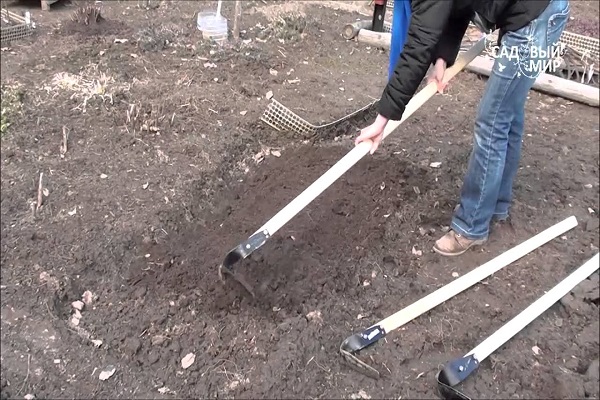
In the steppe zone, the soil is easily exposed to wind erosion. In this case, autumn digging is not performed. The preparation is completed by deep loosening with a flat cutter. The top layer is not turned over. Optimally work with a disc tool.
It is important to change the depth of digging the ridges when planting under corn... When machining to the same depth, a sole layer is created. It interferes with the development of the root system of plants.
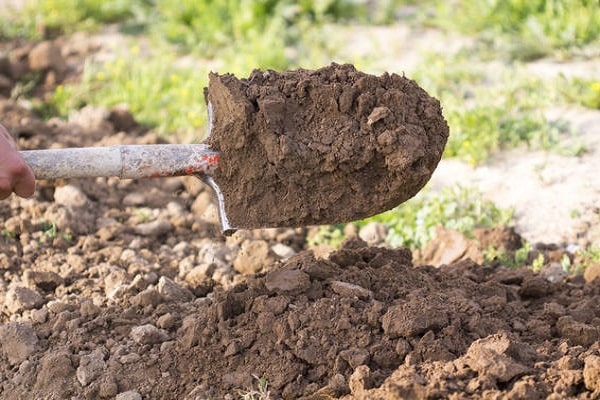
Spring processing of ridges
When carrying out the main tillage after maize, the gardener alternates stubble cultivation and digging. The creation of a full-fledged soil for planting requires continuation of activities in the spring. To get a good harvest, the gardener needs to fulfill certain conditions:
- qualitatively place seeds in the arable layer;
- ensure uniform shoots;
- create conditions for the rapid development of the root system of plants.
These activities will help carry out pre-sowing soil cultivation in the spring.
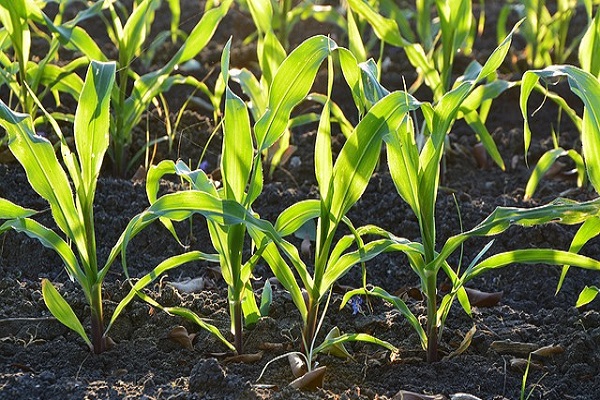
During the winter, the arable layer settles and becomes denser. The remaining weed seeds sprout. All this leads to a decrease in the quality of the soil. Potential yield decreases.
In case of weak soil contamination in the spring, you should limit yourself to one digging on a shovel bayonet. First, it is required to estimate the thickness of the fertile layer. When depleted, it is recommended to apply nitrogen fertilization. Mature compost, rotted manure will do. Recommended rate: 1 square meter bucket.
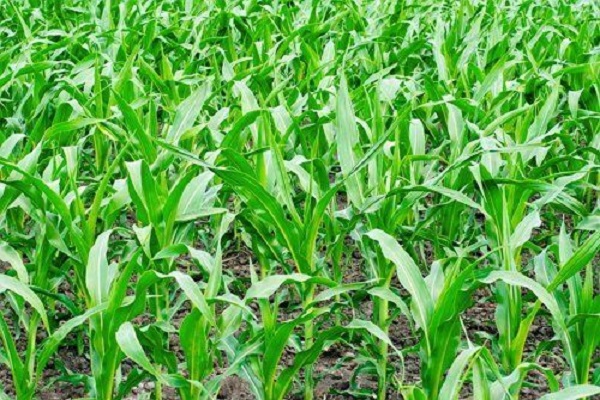
On heavily weedy soils, double stubble cultivation and single digging are carried out. For complete weed removal, 36% Roundup herbicide should be applied (according to the manufacturer's instructions).
It is wise to do 2 tillage before planting corn in spring. You can limit yourself to one if there are few weeds, and enough moisture has been accumulated over the fall and winter.
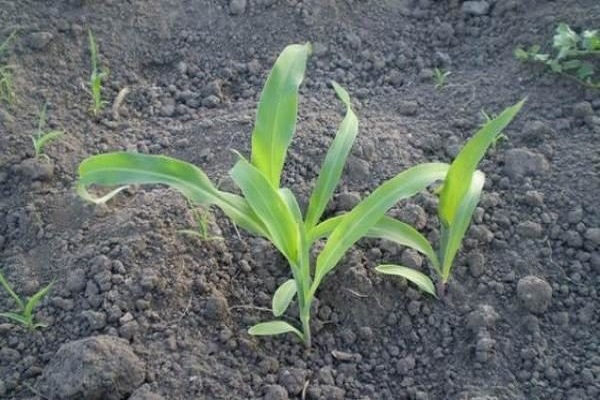
The peculiarity of spring cultivation of "clean" soil
Light, fertile, weed-free soils require gentle cultivation. Its purpose is to break down capillaries to retain moisture. The evaporation of water accumulated during the rest period depends on the integrity of the soil passages.
Shallow loosening is recommended. The maximum possible tool penetration is the planting depth of the corn seeds. Gardeners use a Fokin flat cutter or a conventional rake. Nitrogen fertilizers are sealed when loosening.
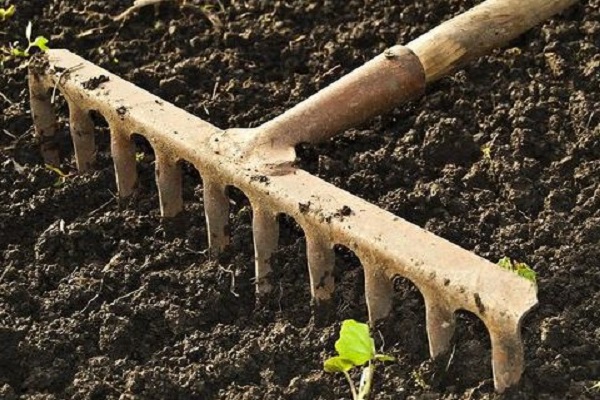
It is recommended to dig deeply for heavy loams. During this operation, there is a partial loss of moisture. The soil structure is disturbed. But such a method is necessary: after such treatment, seeds germinate better on problem lands. They are better supplied with air.
It is not recommended to leave the "ridges" after winter digging or spring loosening. Any irregularities must be smoothed out. The direction of movement is perpendicular to the intended row.
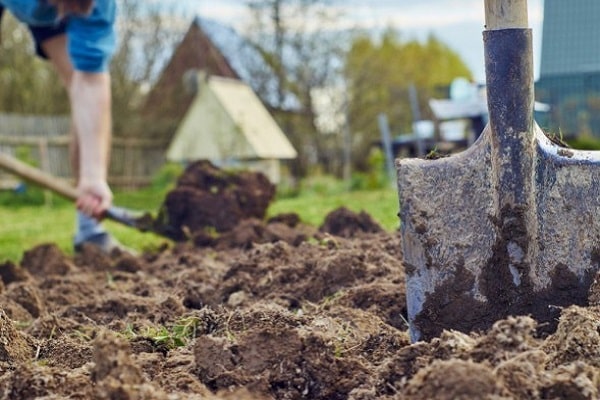
In a dry and windy spring, it is imperative to roll the beds. To do this, compact the topsoil with a homemade roller (fill a 5-liter plastic bottle with water and process the area of the proposed planting).
A set of measures should be started only after the soil is ready... Plowing too early or too late will reduce the amount of moisture in the soil. The seeds will grow worse. The gardener will receive a smaller harvest.
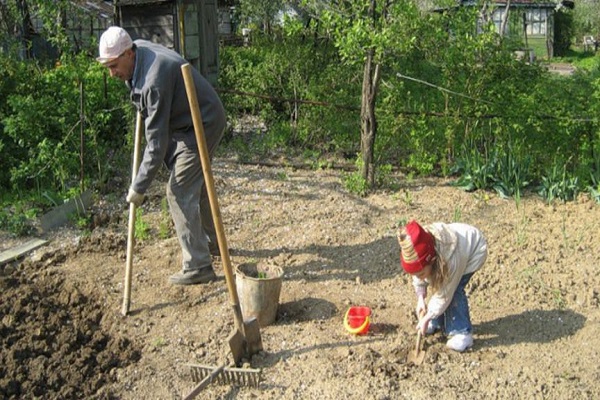
Planting handling
The implementation of a complete system of soil cultivation for maize involves the introduction of mineral complexes when planting seeds. The plant consumes phosphorus until almost fully ripe.Nitrogen and calcium cease to be absorbed a little earlier.
Fertilizing during planting increases yields by 30%. Cultivation on chernozems involves additional feeding with nitrogen and phosphorus, on forest and sod-podzolic soils - nitrogen. After the predecessors, potassium lovers, the gardener is recommended to apply potash fertilizers.
It is required to close the complex into the ground when planting seeds. It is convenient to use the trench method. At a distance of 5–6 cm from the seed row, another one is dug in parallel. The depth of application is from 10 to 12 cm.


